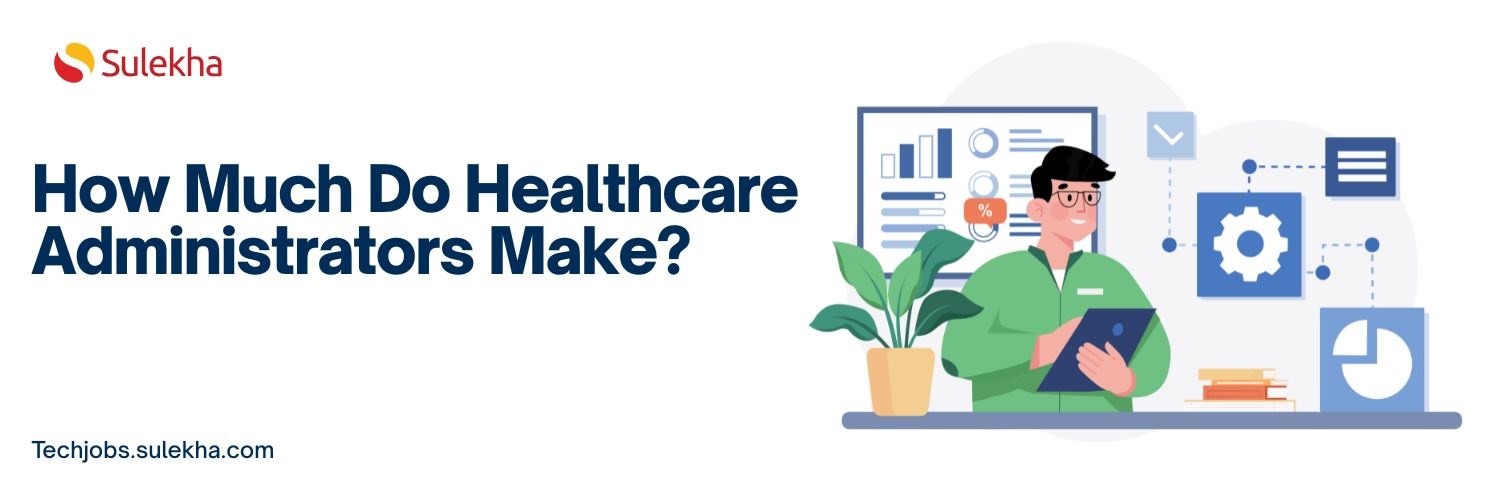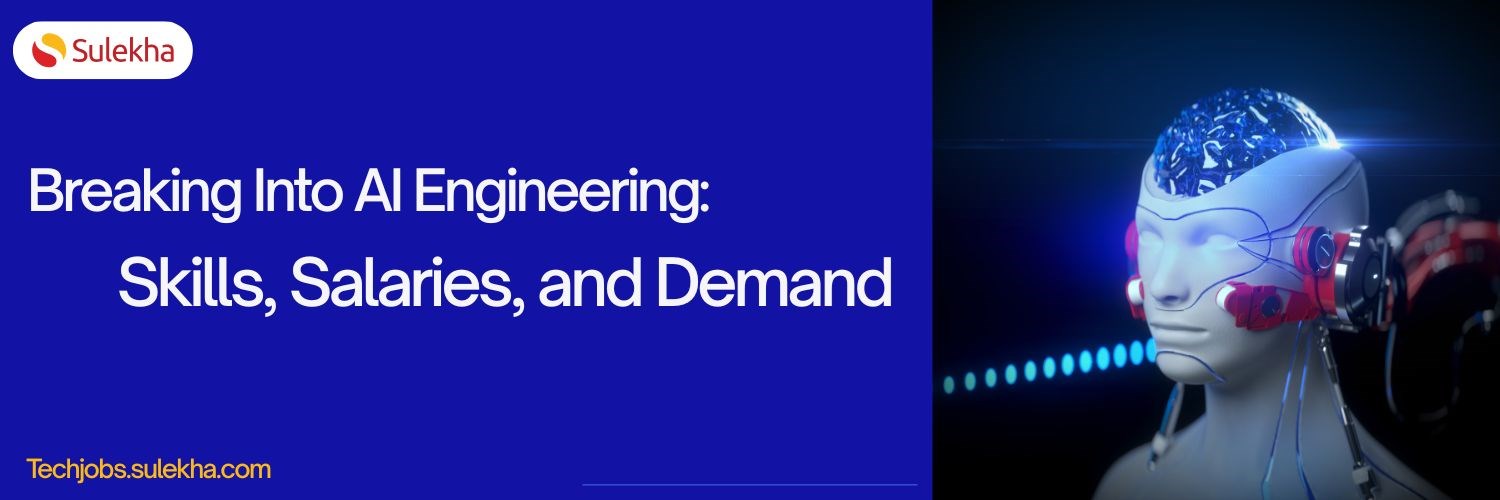Big data has come up with its three pillar model to make sure data analytics working with Hadoop or SAP HANA face no major lags.
According to expert market analysts, global investment and spending on big data rapidly increased to 4.5 billion Euros in the year 2012. In fact, the big data market is supposedly the strongest segments that have been growing steadily. It has fast become the driving force of economic activities in the IT business.
Conventional BI
A conventional BI solution for enterprise is all that you needed while dealing with the retrograde analysis of structured data from different business applications such as CRM or ERP systems. In such cases, data is to be stored in a typical data warehouse. Analytical systems can transform data into information efficiently. Data can be accessed through BI port like SAP Business Objects or MS SQL server.
Setting up the enterprise data warehouse as well as BI platforms is the key component of BI. Preferably, these settings are based on business intelligence process models. BPM, or Business Performance Management, is also needed. BPM clearly defined methods, processes and tools to improve the profitability and performance of a company. It also covers forward-thinking processes such as prognoses and planning. BPM is specifically imperative for audits, compliance, controls, financial reporting, corporate governance and accounting standards.
SAP HANA and Real-Time Reporting
SAP HANA is an in-memory technology that supplements BI solution. It can also help companies analyze some structured data in real time, which is very important. In-memory solutions, unlike enterprise BI, can store data straightaway in working memory rather than on hard drive, thus making data instantly accessible for further processing, evaluation as well as use.
However, technology is not just good enough. It is very important to combine technology with process know-how to create added value and increase performance by almost hundred times.
SAP HANA is definitely a high performance appliance that does not store all the data in the memory of the server. Such appliances are mainly based on shared nothing architecture, which divided up the total data amount into different packets of the same size and further stores the same on various nodes. It is the sub-data packets that get processed first and locally, and then the data is compiled to generate good result. In fact, this is one approach that can also be scaled to meet rising demands.

Hadoop for Unstructured Information Analyses
Companies are now using Hadoop and not just SQL technologies to process very high volumes of both structured as well as unstructured data. One of the major advantages of Hadoop is that organizations can collect their data and later analyze the same data on the basis of their targeted queries.
Hadoop, a Java-based software framework, helps users in handling compute-intensive processes on different server clusters having large volumes of data. It also allocated complex computational jobs with massive data volumes in Petabytes range to over thousands of nodes.
NoSQL is basically the foundation for new generation databases. It can manage high volume of unstructured data, which is very important. The main function of NoSQL is to make sure that growing number of poly-structured data can be distributed equally among several computers like data from social network.
Data Analytics Service Provider – Choosing the Right One
To analyze data, you need large number of computers. All these computers should be able to cluster massive amount of data into multiple smaller packets of data and process them during the same time. IT service providers having adequate cloud computing resources who meet governance, compliance regulations and risk is usually beneficial in this regard. Providers also should meet the higher security needs for big data solutions with services like disaster recovery, backup and high availability guarantee.
Find a course provider to learn SAP HANA
Java training | J2EE training | J2EE Jboss training | Apache JMeter trainingTake the next step towards your professional goals in SAP HANA
Don't hesitate to talk with our course advisor right now
Receive a call
Contact NowMake a call
+1-732-338-7323Enroll for the next batch
learn sap hana
- Sep 1 2025
- Online
sap hana certification training
- Sep 2 2025
- Online
learn sap hana
- Sep 3 2025
- Online
SAP HANA
- Sep 4 2025
- Online
learn sap hana
- Sep 5 2025
- Online
Related blogs on SAP HANA to learn more

Decoding the codes of SAP HANA exam preparation
Since the exam for SAP HANA is announced, for one to become SAP Certified Technology Associate in System Administration (SAP HANA) with SAP NetWeaver 7.5, it's an easy job. If you understand these concepts while preparing. There are plenty of codes

SAP Introduces HANA Data Management Suite
SAP HANA Data Management is a Real Time data management system of the advanced world. Formerly Database Management Systems had various forms and interfaces, even SAP’s previous versions are also famous worldwide for its accuracy and proficiency in ma

Why SAP is the leading provider of Customer Relationship Management solutions (CRM)?
SAP in today’s business world is a renowned and popular software for various management solutions. One important accomplishment that SAP can do for organizations is the customer relationship management (CRM).

The exceptional capabilities of SAP S/4 HANA!
If you look at how Hana brings reporting and transaction systems closer together you can see how it will affect business models. Traditional roll base designs for transaction performance and calendar reporting structures were previously limited.

SAP S4 HANA vs SAP HANA!
For those who want to learn SAP HANA platform, there is confusion over Hana vs S4 Hana. Here in this blog, we are going to discuss few differences between the two faces of HANA Analytics Appliance. SAP HANA

Next Generation RDBMS, SAP HANA!
SAP HANA is a next generation RDBMS (Relational Database Management System), developed by German-based enterprise software company known as SAP SE. SAP HANA has gained enormous significance for implementing in-memory technology in database management

Significance of SAP HANA in the digital world
The possibility of digitalization in every way has made today’s world more resplendent and creative. The evolution of future systems and technologies is proportional to the improvisations of the digital world and its database.

SAP join hands with Microsoft to extend HANA support to Azure!
While the core SAP business applications are being certified on Amazon's cloud since the year 2011. Last night that partnership was expanded with the deployment of more SAP software on top of AWS, including SAP BusinessObjects.

SAP and Apple join forces to link SAP HANA Cloud platform & iOS
The recent happenings at Cupertino suggest that Apple and SAP are in serious consideration to create a software SDK that will empower developers to build iOS apps that will work seamlessly in sync with SAPA HANA cloud platform.

SAP HANA powered IoT: road map to pave a smart future
What is Internet of Thing and why is it hyped? Internet of Things is an upcoming mainstream technology that will convert our everyday physical objects into information streaming devices. Their digital capabilities will revamp the daily way of life a
Latest blogs on technology to explore

Understanding Artificial Intelligence: Hype, Reality, and the Road Ahead
Explore the reality of Artificial Intelligence (AI) — its impact, how it works, and its potential risks. Understand AI's benefits, challenges, and how to navigate its role in shaping industries and everyday life with expert training programs

How Much Do Healthcare Administrators Make?
Discover how much healthcare administrators make, the importance of healthcare, career opportunities, and potential job roles. Learn about salary ranges, career growth, and training programs with Sulekha to kickstart your healthcare administration jo

How to Gain the High-Income Skills Employers Are Looking For?
Discover top high-income skills like software development, data analysis, AI, and project management that employers seek. Learn key skills and growth opportunities to boost your career.

What Companies Expect from Product Managers in 2025: Skills, Tools, and Trends
Explore what companies expect from Product Managers in 2025, including essential skills, tools, certifications, and salary trends. Learn how to stay ahead in a rapidly evolving, tech-driven product management landscape.

Breaking Into AI Engineering: Skills, Salaries, and Demand in the US
Discover how to break into AI engineering with insights on essential skills, salary expectations, and rising demand in the US. Learn about career paths, certifications, and how to succeed in one of tech’s fastest-growing fields.

Cybersecurity Training: Powering Digital Defense
Explore top cybersecurity training programs in the USA to meet rising demand in digital defense. Learn about certifications, salaries, and career opportunities in this high-growth field.

Why Pursue Data Science Training?
Empower your career in a data-driven world. Learn why data science training is crucial for high-demand jobs, informed decisions, and staying ahead with essential skills.

What Does a Cybersecurity Analyst Do? 2025
Discover the vital role of a Cybersecurity Analyst in 2025, protecting organizations from evolving cyber threats through monitoring, threat assessment, and incident response. Learn about career paths, key skills, certifications, and why now is the be

Artificial intelligence in healthcare: Medical and Diagnosis field
Artificial intelligence in healthcare: Medical and Diagnosis field

iOS 18.5 Is Here: 7 Reasons You Should Update Right Now
In this blog, we shall discuss Apple releases iOS 18.5 with new features and bug fixes